Flat pedals represent the starting point for every ride, regardless of discipline. The best MTB flat pedals offer tonnes of advantages that even the most seasoned of riders will appreciate. But as with everything in the cycling world, all flat pedals aren't built equally. Thankfully, we've done the hard work for you and pretty much tested everything out there to help you make the best decision.
Flat pedals differ from clipless pedals in that they do not provide mechanical attachment to a cleat that's installed into the bottom of a shoe. Instead, they rely on the perfect marriage between the rubber outsole of your shoe and a collection of pins found on the pedal body and rider weight. Because of that, flat pedals are generally much simpler in design compared to their clipless counterparts and this poses a range of advantages.
Because no mechanism physically holds the shoe in place, riders can freely take their feet off the pedals as and when they like. In seriously wet conditions, dabbing a foot mid-corner could save a rider from crashing. There's also huge value in flat pedals for new riders who may not have the confidence to attach their feet to the pedals. Again, it can also save them from injury whilst learning vital skills.
Even though the best flat pedals aren't complicated in design, there's still a lot to look for when buying your next set. The most important is platform size and its profile as they'll have a huge effect on how they feel under your feet. Starting with size, bigger platforms suit bigger feet but they also provide more support as there's more pedal under your foot. This can increase comfort over long rides and make it more likely to put a foot back onto a pedal in a usable spot after a quick foot-out moment. Smaller pedal bodies will suit smaller feet but they also provide weight savings.
Flat pedals come shaped with a range of profiles that can be convexed or concaved by varying measurements. Both feel very different underfoot but both utilise the rider's weight and curvature of the foot to sink the pedal pins deep into the shoe rubber. With a convex profile, the foot tends to wrap around the pedal body whereas with a concave profile, the feet sit in the pedal. With pedal profile, there is no 'best', instead it's more a case of personal preference.
Finally, flat pedals use pins that stick into the sole of a shoe, which provides grip. Pins can be moulded into a nylon pedal and can be removable but it's important to consider how they are screwed into the pedal. Some brands go as far as to include a pin removal tool in the box to help remove top-loading pins. Then there's the case of pin height which on pedals with removable pins is adjustable. The taller the pins, the deeper they can dig into a shoe (and your shins) and the more grip they offer. However, taller pins can reduce the feel and connection with the pedal overall. If the pins are too short, the grip will be decreased.
Best MTB flat pedals
- DMR Vault Mag
- Deity TMAC
- Race Face Aeffect R
- Pembree D2A
- Wolf Tooth Components Waveform
- PNW Components Range Composite
- Gusset Slim Jim
- PNW Components Loam Pedal
- DMR V11
- Race Face Atlas
- Funn Funndamental
- Deity Deftrap
- OneUp Components Aluminium
DMR Vault Mag
£120
As its name suggests, the DMR Vault Mag takes the very well-proven Vault pedal and builds it with a magnesium platform. This pedal packs the eco credentials as its magnesium is extracted from seawater, meaning that it's a zero-waste product. It's also built using a special pressure die-casting process that DMR says uses less energy.
The Vault Mag is available in only the ED Painted black colour way it features a 17mm concave footbed, a Cro-Mo axle, high-load DU bushings, and cartridge bearings.
On the trail, it offers an excellent level of grip and it's clear that it's a pedal that's built to last thanks to user-friendly and easily serviceable internals. We found that its platform is a little small by today's standards, however.
If an eco-friendly pedal sounds like your next investment, here's the DMR Vault Mag flat pedal review.
Deity TMAC
£150
If size is a priority, look no further as Deity's TMAC are some of the biggest pedals around measuring in at 110mm x 105mm. The TMAC is Tyler McCaul's signature pedal and they're extruded and machined from Deity moulds and 6061 T6 aluminium.
These pedals get a deep 2.5mm concave shape with a 14mm thickness in the middle and the pedal's profile is symmetrical which results in excellent support and stability. The big platform then rotates around a Cro-Mo spindle with multiple micro-sealed bearings and DU bushings.
Although the TMAC's extra width led to some surprise pedal strikes, we liked the pedal for its incredible grip and support, as well as its top-quality build. Even though it's rather pricey, the performance the TMAC offers more than justifies the price.
For more on this pedal, read our comprehensive Deity TMAC flat pedal review.
Race Face Aeffect R
£130
The Aeffect R is a reasonably fresh pedal from Race Face that brings in an all-new design featuring a larger platform, ten top-loading pins and a forged 6000 series aluminium pedal body. That platform revolves around a Cro-Mo axle and uses the same bearing and bushing setup that's seen on a range of Race Face's pedals.
While it might not look as fancy as pedals of a similar price, it's a case of function over form as the Aeffect R impressed due to its natural feel underfoot, its large quantities of grip and its large, supportive platform. Oh, and that platform trumps the Deity TMAC in size, measuring in at 110mm x 115mm.
This pedal is concaved by two millimetres with an 11mm thickness at the fore and aft edges, while the centre measures 9mm in depth.
To learn more about this pedal, have a look at the Race Face Aeffect R flat pedal review.
Pembree D2A
£129
Pembree is a British manufacturer that prides itself on its dedication to environmental friendliness and those values translate directly into its D2A pedal as it's totally carbon neutral. Found under the feet of riders such as Rob Warner, the D2A is designed to be the racer's pedal and it's completely built and designed in-house by Pembree in the UK.
That design goes deep, too, as it's not just the platform that's been thought up by the minds behind Pembree but even the traction pins have been carefully tuned to offer the most grip possible.
Each component of the D2A is CNC machined with the pedal body being made from aluminium, and the pins and axle being cut from stainless steel. This results in a beautifully made and looking pedal that performs impeccably, offering tonnes of grip along with easy serviceability. This pedal is completely flat, however, and we found the lack of concave to affect its all-out support.
For in-depth details, make sure you read the Pembree D2A flat pedal review.
Wolf Tooth Components Waveform
£195
Wolf Tooth Components Waveform pedal certainly sits towards the premium end of the scale but you're getting a well-built and great-performing pedal. Like many in this round-up, the Waveform is made from CNC machine aluminium but what sets this apart from its contemporaries is that it's cut with a dual-concave design. So rather than being concaved from front to rear, it's almost dished which results in excellent support.
The Waveform gets 11 pins per side and its internals are fairly high-end with three low-friction sealed cartridge bearings and an IGUS bushing that all sit on a 304 stainless steel axle. However, the real kicker is that the Waveform is user-serviceable and Wolf Tooth has several guides that'll hold your hand throughout a service, so it can be done very easily in the comfort of your armchair.
But if the price wasn't a downside, its narrow q-factor is, so if you ride with your feet wider apart, you won't be able to take full advantage of the top-level grip and support that comes with the Waveform's stunning build.
If you have deep pockets and want a pair of pedals that'll last you a lifetime, check out the Wolf Tooth Components Waveform flat pedal review to learn more.
PNW Components Range Composite
£44
Bringing prices back down to earth is PNW Components' Range Composite pedal. It takes all of the good stuff found on the brand's pricier Loam pedal but loads it with a glass-fibre-reinforced nylon composite body and a slightly different axle setup that relies on a bushing inboard of the pedal, rather than a big bearing.
Although the Range Composite pedal uses a composite platform, it's still fully serviceable with bearing and pin kits available from PNW's website. The pedal features 11 pins a side which load from the underside, which means if a pin were to bend, you'd have to get handy with a saw to remove it.
For more on PNW's composite offering, check out the PNW Components Range Composite pedal review.
Gusset Slim Jim
£70
The Gusset Slim Jim gets an improved shape with a handful of performance upgrades to make it a better pedal than before, however, the most important part is that it brings a CNC machined 6061 aluminium platform to a more palatable price point. Rotating on a CNC machined Cro-Mo axle, the Slim Jim is built with a 100mm x 102mm platform that's 17mm deep and features a 2mm concave design.
Our tester found that the Slim Jim's grip was impressive but not so tenacious that it'll make for a hard time when making adjustments to your foot's position. The concave shape helps the pins dig in that bit deeper and the pedal's slim enough to reduce pedal strikes. They're reasonably light too at 499g but we found that we would like a bigger platform still.
If a budget-friendly alloy pedal is right up your street, check out the Gusset Slim Jim CNC flat pedal review to learn more.
PNW Components Loam Pedal
£94
The Loam pedal is the pricier, alloy platformed bigger sibling to PNW Components Range Composite pedal and, although its body gets a similar shape, it brings several upgrades. Similar to the Range pedal, its shape is an acquired taste but those who get on with it will benefit from tonnes of grip and impressive longevity without having to spend their life savings.
Like many, the Loam pedal benefits from a 6061 aluminium pedal body that weighs in at 447g and servicing is very easily done. There are 11 pins per side and it measures 105mm by 115mm. Differing itself from loads of pedals on the market, this one gets a convex shape but with a concave pin layout. This means that the pins are taller at the front and rear than they are in the middle and as the convex shape encourages the foot to wrap around the pedal, the tall pins should dig deeper in the shoe.
To learn more, here's the PNW Components Loam pedal review.
DMR V11
£44
We checked out the Vault Mag a little earlier in this guide, and these are the V11s. It gets the very same shape as its magnesium counterpart but it's built with a composite body. Even though their build is a little cheaper we found them to be just as grippy. Better still, they have the very same internals and the same weight figure.
Those internals feature a DU bushing and a single cartridge bearing which sit on a steel axle. There's then a rubber seal to keep the crud out. Handily, a rebuilt kit is only £25.
Just like the original Vault, the V11 gets 11 pins per side but they're a little different as they'll require a female Torx bit to tighten them and this comes as a bit of a downside as such tools are reasonably hard to come by on your average multi-tool.
We liked the V11s so much that we reckon that DMR has shot itself in the foot as the performance is so similar, that it'll be tough to justify the extra cash for a pair of Vaults. For more, here's the DMR V11 flat pedal review.
Race Face Atlas
£130
It's built with a low-profile design that delivers grip and inspires confidence thanks to its concave shape and 10 pins per side. On top of that, it's completely rebuildable.
This one fits right into the flat pedal space coming with a 6061 aluminium platform that rolls on a Cro/Mo axle. Though measuring in at 114mm x 101mm, it's certainly not the biggest pedal on the market. Regardless, our tester valued the connection and grip that the Atlas offers.
There are five colours to pick from and the pins are removable via an Allen key from the underside of the platform. For more details, head over to the Race Face Atlas flat pedal review.
Funn Funndamental
£82
Our tester reckons that Funn's Funndamental flat pedal is a great place to start if you're looking to begin your flat pedal journey. That's because it's CNC-machined 6061 aluminium platform is of a decent size at 105mm x 110mm and it gets 11 pins per side, so the grip on offer isn't too shabby at all.
Those pins do require special tools to replace them but thankfully they're included in the box. Also included is a handful of shims that'll allow the user to raise the pin height by one millimetre. This pedal spins on a Cro-Mo axle which employs a selection of DU bushes and cartridge bearings and there's a handy grease port that'll help the user keep those bushes well lubricated.
For more information have a look at our in-depth Funn Funndamental flat pedal review.
Deity Deftrap
£50
The Deity Deftrap brings a massive platform to an accessible price and that's done through its injected nylon-composite build. It's heavily inspired by Deity's TMAC pedal with its 113mm x 103mm platform that's not offset as the brand reckons that it distributes weight better over the pedal, increasing stability. Deity describes the Deftrap as a true concave pedal with a 1.5mm concave design.
There are 10 pins per side and two of those are moulded into the nylon, so they're not replaceable, however, the other eight pedals are accessible through the underside of the platform. This pedal rotates on two sealed bearings and an oversized DU bushing. It's completely rebuildable too which makes a pair of Deftraps a worthy investment.
The Deity Deftraps are among the largest nylon pedals on the market and with that, they bring heaps of support, stability and grip. And because they're so large, replacing the foot into a comfortable position after a hasty dab is very easily done.
Check out the Deity Deftrap flat pedal review to find out more.
OneUp Components Aluminium
£140
The OneUp Component's Aluminium pedals measure 115mm by 105mm, making them plenty big enough, however, the large bearing housing found inboard of its axle means that riders may have to readjust their foot position to find comfort.
These pedals are built with a slight convex and there are long pins that bring the grip. Weight isn't too shabby either, coming in a 360g for a pair. Inside the pedal are four sealed bearings and the pedal is user serviceable.
Like what you see? Check out the OneUp Components Aluminium pedal review.
How to choose the best MTB flat pedals
Are flat pedals good for MTB?
Flat pedals and mountain bikes go together like Beavis and Butthead. We mountain bikers get up to all kinds of silly things, like negotiating rock gardens as fast as physically possible and hitting big ol' jumps. Because of that, the ability to quickly hit eject and ditch the bike mid-crash is a valuable skill that can potentially save riders from injury.
They make an awful lot of sense for all manners of riding where outright efficiency isn't the aim and they're the best choice for those who are new to the sport as the learning curve is almost non-existent compared to clipless pedals. Riders can simply grab their bike, jump on, and pedal away without wrestling with the pedal mechanism. Riders don't have to learn to clip out of flat pedals, so getting off of the bike in a hurry is very easily done. They're a fantastic place to learn early MTB skills, too, as they don't compensate for lazy technique.
However, the advantages of flat pedals are appreciated by experienced and even professional riders with the great Sam Hill coining the phrase, 'flat pedals win medals'. Being able to quickly take a foot off a pedal can help regain and retain balance over the bike over questionable terrain.
Is it worth upgrading MTB pedals?
Upgrading your new mountain bike's pedals should be the first upgrade you make. If your new bike has come with pedals out of the box or from the shop it's likely that they'll be very cheap and made of plastic. While these pedals are great for quick pootles around the car park, they don't offer the grip or durability that's required when riding off-road.
Even though many of the pedals in this round-up do cost quite a bit, you don't need to spend much to reap the rewards of better pedals and a flat pedal upgrade will make a huge difference to your riding. Your feet will stay in place much easier and you'll benefit from the improved support and durability.
Are bigger flat pedals better?
Flat pedals with large platforms offer better support and comfort. A bigger pedal has a larger surface area for you to put your weight through, which can result in better foot stability. It'll also offer a larger platform to return your foot to after taking it off for whatever reason.
Are flat pedals just as fast as clipless pedals?
This is mostly dependent on the rider, not to mention your preferred discipline but, generally flat pedals as just as good, especially on a descent.
With clipless pedals, the rider can pull up on the pedal which improves efficiency and over longer climbs will outperform a flat pedal. On the descents, the difference is minimal and more a matter of preference. What matters more to speed is good technique and skill.













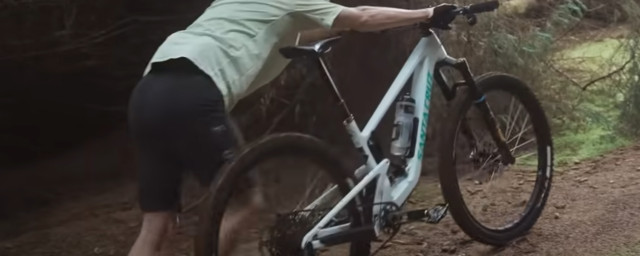
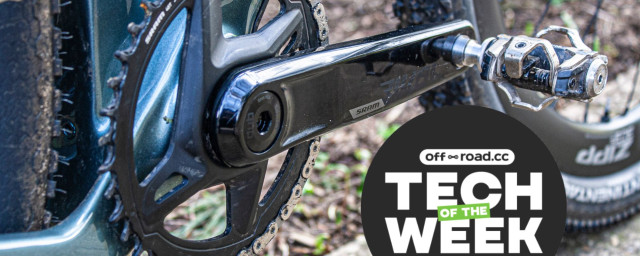
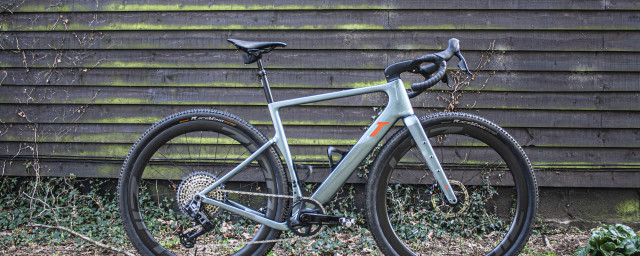
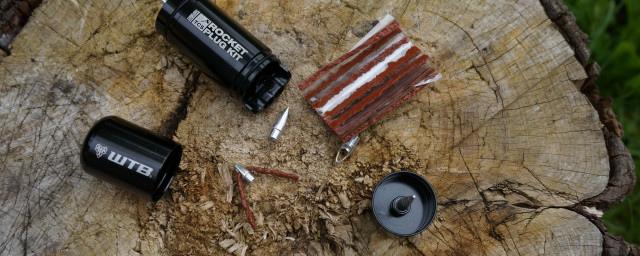
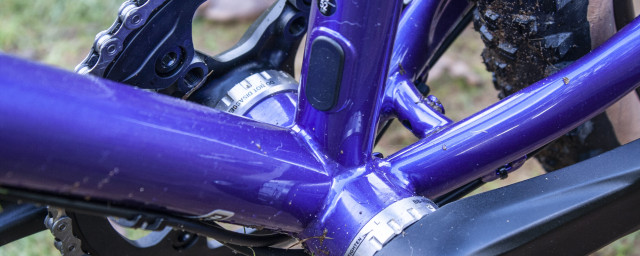
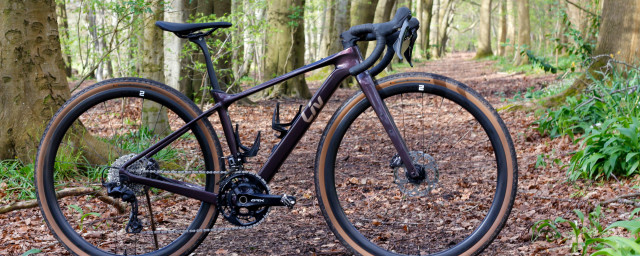
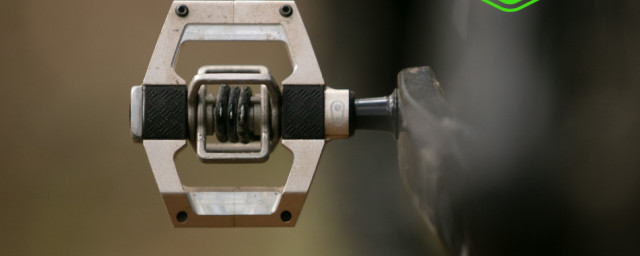
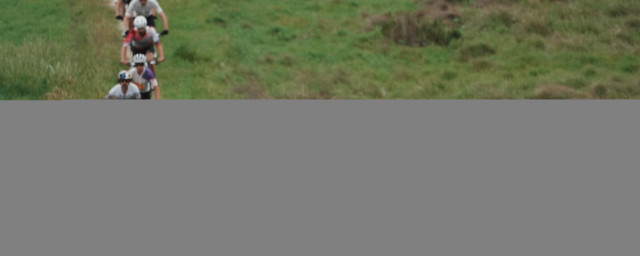
Comments
Wheres the DMR V12 ? Or the
Wheres the DMR V12 ? Or the Superstar Nano
Hey, just not reviewed them
Hey, just not reviewed them yet! We are trying to get hold of some Superstar kit though.
Cheers, Rach